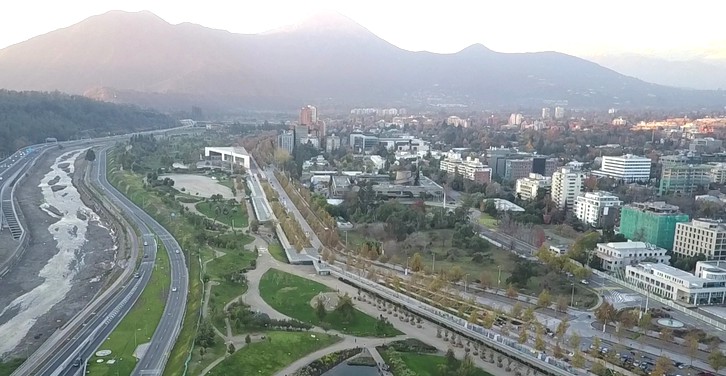SANTIAGO, Chile – Imagine a highway without barriers, without queues, and without ticket printing. In Chile, this reality has existed for more than two decades. The country has adopted a system of free flow toll which eliminates traditional toll booths in favor of invisible technologies. A model of efficiency, but also of debate.
Free flow has been a silent revolution on the roads
Since the 1990s, Chile has been privatizing its highways through concessions, thus financing modern infrastructure. It is in this context that the TAG (Telepago Automático de Gastos), an RFID device attached to the windshield, allowing Chile's 2.3 million road users to pass through electronic gates without slowing down. The cameras capture the license plates of unequipped vehicles, then send an invoice by mail.
"This is a leap forward for urban mobility. Travel times have dropped by 30% on the Autopista Central in Santiago.", explains Maria Fernandez, an engineer at the Ministry of Public Works.


The results are tangible:
Infrastructure financing : The $1.2 billion annually generated by tolls funds the maintenance and expansion of the network.
Reduction of traffic jams : No need to stop, even during rush hour.
Reduction of CO₂ emissions : According to a study by the University of Chile (2023), emissions related to slowdowns have decreased by 18 % since 2020.
Controversies: Fairness and Big Brother on the Roads
But the system is not unanimous. In 2019, protests broke out against the price increase, which was deemed "punitive for poor suburbs", according to the collective Movement for a Fair TollA daily trip on the Autopista Central costs an average of 3,000 Chilean pesos (3.5 euros), or 10% of the local minimum wage.
Another criticism: the LAPI cameras (automatic license plate reading), perceived as an intrusion into privacy. “This data could be misused. Who guarantees its security?”, asks Ana Lopez, a lawyer specializing in digital rights.
The future: satellite tolls and green cars
Chile does not intend to stop there. Attempts to GPS toll are underway to replace gantries, particularly in rural areas. Another flagship project: preferential rates for electric vehicles, to accelerate the ecological transition.
"By 2030, all Chilean highways will operate in free flow. We are aiming for an integrated mobility approach, connected to public transport.", aims Pablo Ramirez, CEO of Autopista Central SA
And elsewhere? A model for Latin America
Chile is inspiring its neighbors. Brazil and Colombia have launched similar projects, albeit on a smaller scale. "This is an example of how technology can solve real-life problems, provided that citizens are listened to.", analyzes Claudia Sarmiento, transport expert at the World Bank.

